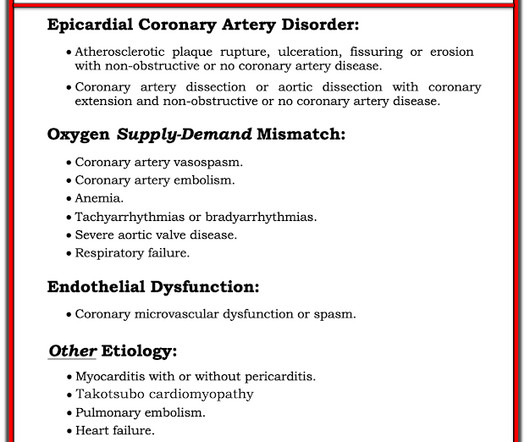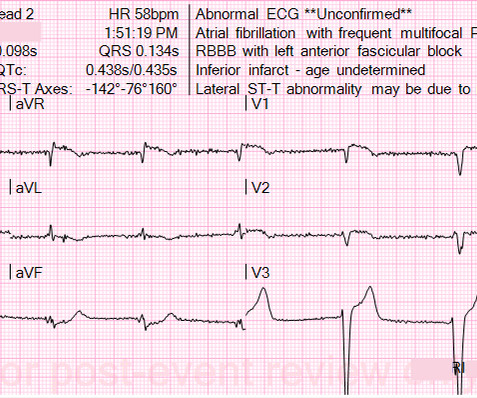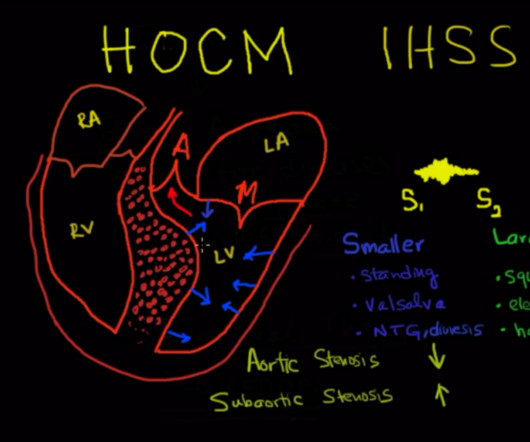What does the angiogram show? The Echo? The CT coronary angiogram? How do you explain this?
Dr. Smith's ECG Blog
NOVEMBER 15, 2023
hours T-wave are getting larger again The patient went for an angiogram at about 7 hours after arrival. Angiogram No obstructive epicardial coronary artery disease Cannot exclude non-ACS causes of troponin elevation including coronary vasospasm, stress cardiomyopathy, microvascular disease, etc. IMPRESSION: 1.













Let's personalize your content